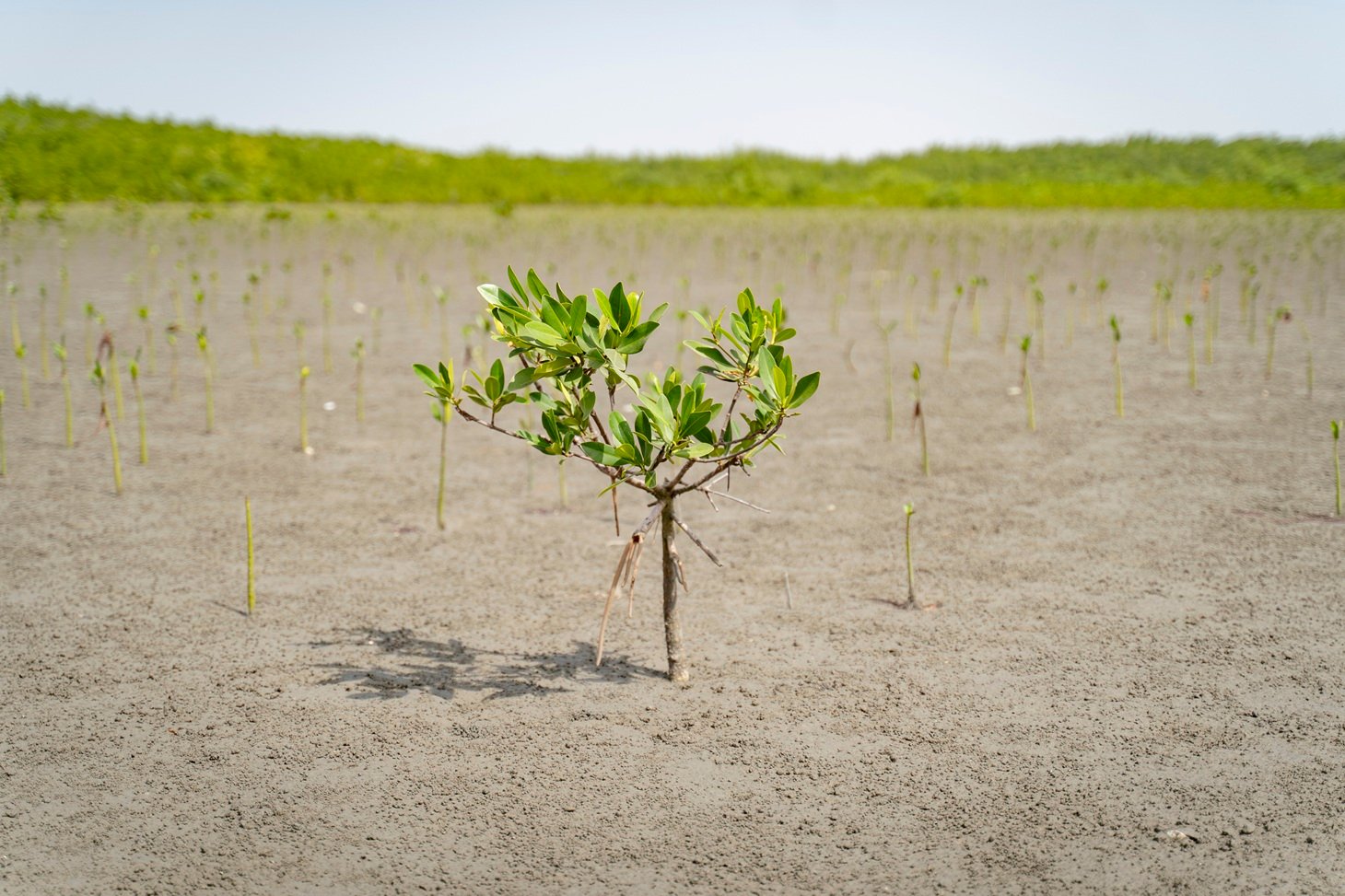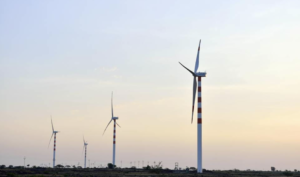New Delhi: The United Nations Environment Programme (UNEP) has released its Adaptation Gap Report 2025: Running on Empty, revealing a stark shortfall in climate adaptation finance for developing countries. The report, published ahead of COP30 in Belém, Brazil, warns that slow progress in adaptation funding is putting lives, livelihoods, and economies at increasing risk amid intensifying climate impacts.
Adaptation finance needs are projected to exceed US$310 billion annually by 2035, based on modelled costs. When extrapolated from Nationally Determined Contributions and National Adaptation Plans, the figure rises to US$365 billion. In contrast, international public adaptation finance flows to developing countries stood at just US$26 billion in 2023 — down from US$28 billion in 2022 — leaving a yawning gap of US$284–339 billion per year.
UN Secretary-General António Guterres emphasized, “Adaptation is not a cost – it is a lifeline. Closing the adaptation gap is how we protect lives, deliver climate justice, and build a safer, more sustainable world.”
UNEP Executive Director Inger Andersen added, “Every person on this planet is living with the impacts of climate change. If we do not invest in adaptation now, we will face escalating costs every year.”
The report highlights that while adaptation planning and implementation are improving — with 172 countries having at least one national adaptation policy or strategy — 36 of these are outdated or over a decade old. More than 1,600 adaptation actions have been reported under the Paris Agreement’s Biennial Transparency Reports, primarily in biodiversity, agriculture, water, and infrastructure. However, few countries are tracking outcomes, limiting the ability to assess effectiveness.
Support for new projects under the Adaptation Fund, Global Environment Facility, and Green Climate Fund reached US$920 million in 2024, an 86% increase over the five-year average. Yet, UNEP cautions this may be a temporary spike amid emerging financial constraints.
The New Collective Quantified Goal for climate finance, agreed at COP29, calls for US$300 billion annually by 2035. However, this figure covers both mitigation and adaptation, and falls short of the inflation-adjusted adaptation needs, which could reach US$440–520 billion per year.
The Baku to Belém Roadmap aims to raise US$1.3 trillion by 2035, but UNEP stresses the importance of using grants and concessional finance to avoid increasing debt burdens for vulnerable nations. Private sector investment must also scale up significantly — from the current US$5 billion to a realistic potential of US$50 billion annually — through targeted policy action and blended finance models.
UNEP calls for urgent global action to close the adaptation finance gap, integrate climate resilience into financial decision-making, and ensure that vulnerable countries are not left behind in the race against climate change.









